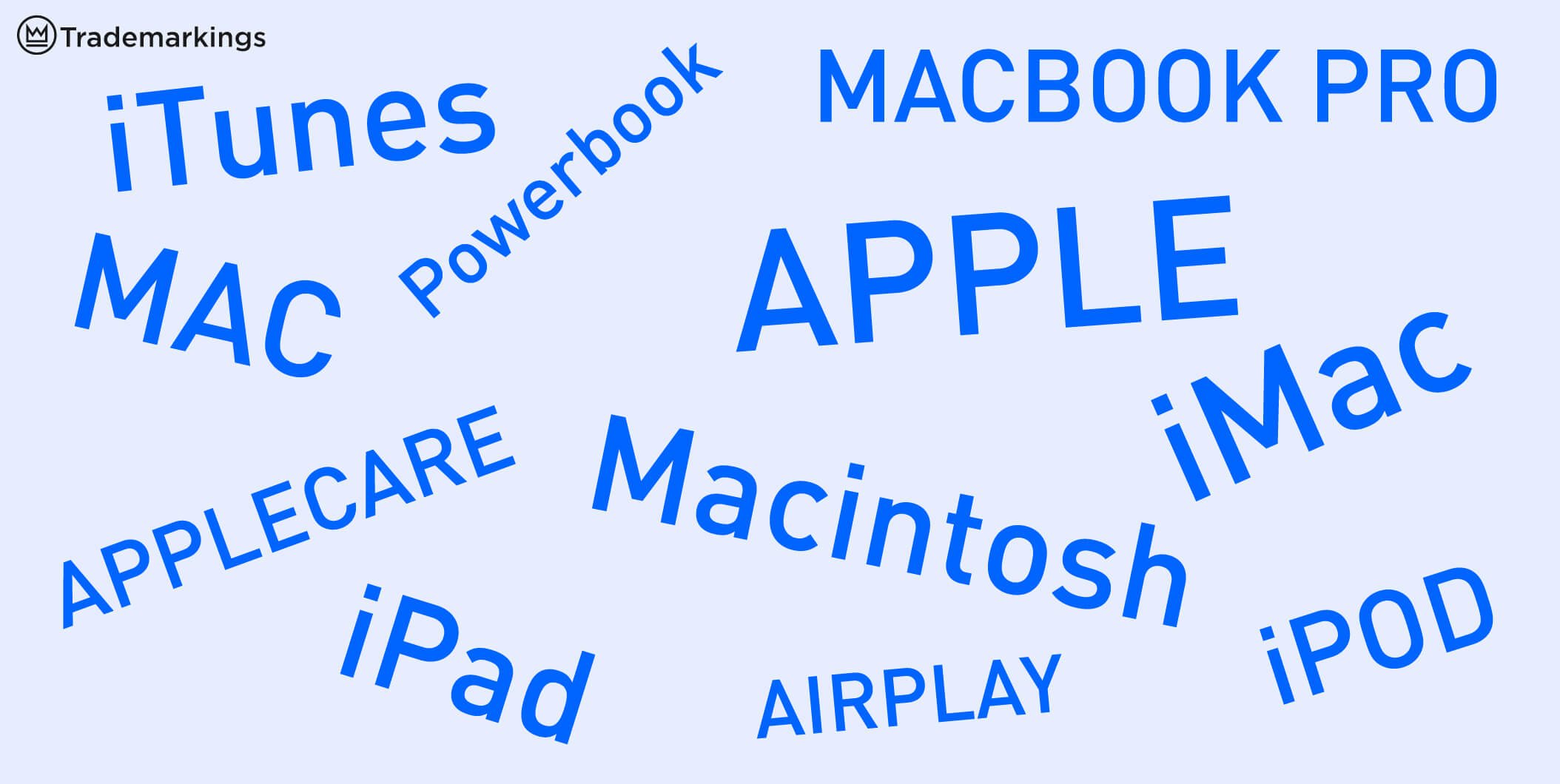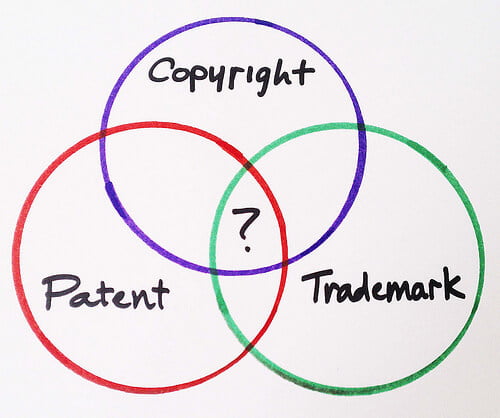Are Trademarks Case-Sensitive?
A trademark is defined as any word, symbol, device, brand name, etc. (or a combination of these) that not only identifies but also distinguishes the goods of one entity from those of another, thereby giving intellectual property rights/trademark rights to brand owners. The United States Patent and Trademark Office (USTPO) defines a wordmark as a standard character trademark. Today we will be discussing if trademarks are case-sensitive.
Historically, the United States Patent and Trademark Office (USTPO) displayed standard character (wordmark) applications with all letters capitalized or uppercase when the trademark application was filed using paper forms. In today’s digital world, whether the letters of a wordmark are in uppercase or lowercase is irrelevant for trademark registration and enforcement.
KEY TAKEAWAY
It is safe to say that trademarks are not case-sensitive in terms of registrability and enforceability. However, it is customary to register your trademark in all capital letters to not limit the usage to any specific variant, typesetting, font, or styling.
Does a word trademark provide a broader scope of protection versus a design trademark?
Yes, a wordmark registration provides a broader scope of protection than registration for the same words in stylized fonts or designs.
A standard character trademark is one where the trademark has the word(s), letter(s), and/or number(s) with no design element and no particular font, style, size, or color. Since a standard character trademark does not have distinguishing styles, your competitor may be thoroughly prevented from seeking the registration of a similar or identical wordmark or may find it more challenging to defend a similar or identical wordmark.
Moreover, a standard character trademark not only offers protection over the words in all visual displays of the trademark but also offers protection to the trademark whenever it appears as part of a logo, design, or in standalone.
Does a word trademark provide more flexibility versus a design trademark?
As opposed to a logo or a design mark, a wordmark registration provides more flexibility than a logo or a design mark due to the following reasons:
- If and when filed in all uppercase letters, the wordmark allows the trademark owner to display it in any combination of lowercase and uppercase letters. For instance, if you have registered the wordmark MUSICAST, you can use it as any of the following:
- musicast
- MusiCast
- MUSICast
- Any other such combination.
- Since a wordmark only includes the usage of words/letters, it can be represented in any manner.
- The wordmark gives the trademark owner a chance to edit/change the design-related features (for instance, graphics and colors) of their mark as the brand or product evolves.
- The wordmark allows font sizes and styles to vary.
- The wordmark gives the trademark owner a greater chance to renew their trademark so long as the words/characters remain the same as their currently registered mark.
Do Trademarks Need To Be Capitalized? Are They Case-Sensitive?
You may ask that if your competitor has a registered trademark “JETBOTTLE” (with all uppercase letters), can you still use the same trademark with lowercase letters or a combination of both – “Jetbottle”, “jetbottle”, etc. without being responsible for the infringement of your competitor’s trademark?
Unlike a logo or a design mark, the capitalization of a wordmark is irrelevant because a wordmark can be represented in any manner, style, font, or design. Aside from the capitalization of the trademark, other factors need to be considered to determine if a party is committing trademark infringement or not. Such factors include the following:
- the similarity of the trademarks
- the similarity of goods/services
- the similarity of marketing channels as well as the probability of confusion
- the defendant’s intent
Amazon Brand Registry
Over the years, Amazon Brand Registry has gained popularity as it helps you protect your intellectual property and fight back against the infringement of your intellectual property, free of cost. Additionally, it provides the following benefits:
- Detects and reports suspected intellectual property infringement.
- Automatically blocks violations before they can negatively impact your brand or customers.
- Enables you to monitor the status and impact of your infringement notices.
To be eligible for Amazon Brand Registry, the following criteria must be satisfied:
- Brand owners must have an active registered trademark or pending trademark application in each country where they wish to enroll.
- The trademark must be a standard character trademark (a wordmark) or a logo with words, letters, or numbers (a design mark).
- The brand registry trademark text must match the brand name on the application. For design marks, the brand owners must upload an image that exactly matches the trademark record.
- The registered or applied-for trademark must appear on the brand owners’ products or packaging.
- The brand owners must provide a list of product categories for which the brand should be listed.
It is pertinent to note that while entering the brand name in your brand registration application for Amazon Brand Registry, you must submit the brand name exactly matching the brand name listed on your registered trademark. Therefore, although the capitalization of a wordmark is irrelevant while filing for registration, it is necessary that the spelling, capitalization, and spacing of the wordmark in your brand registration application for Amazon Brand Registry match with the registered mark.
Summary
As mentioned earlier, it is safe to say that trademarks are not case-sensitive in terms of registrability and enforceability. However, it is customary to register your trademark in all capital letters to not limit the usage to any specific variant, typesetting, font, or styling.
The International Trademark Association suggests that brand owners make accurate and consistent references to their wordmarks as represented in their trademark registration. In other words, when used in commerce, the wordmark should be used the same way as it was originally registered.






